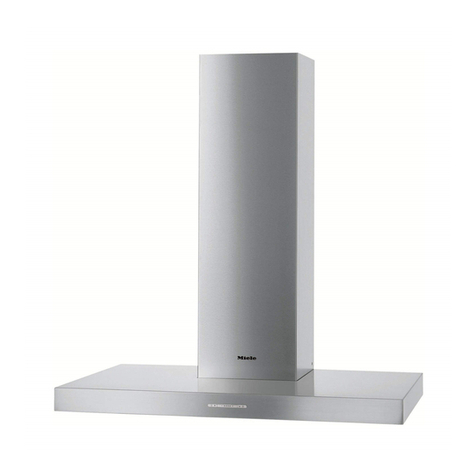Miele DA 3360 User manual
Other Miele Range Hood manuals
Popular Range Hood manuals by other brands
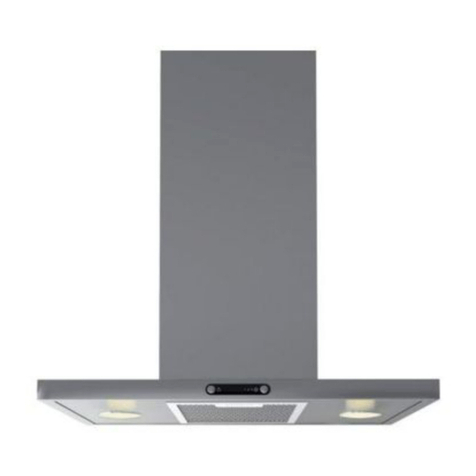
IKEA
IKEA HW560 owner's manual
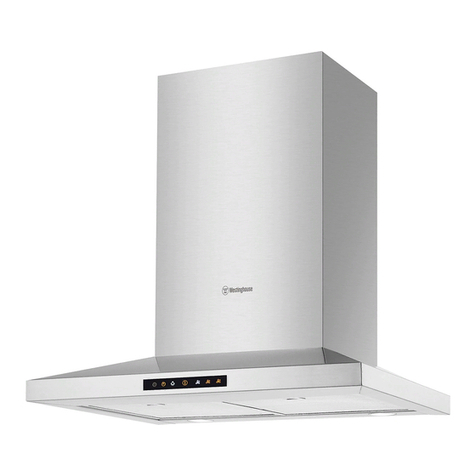
Westinghouse
Westinghouse WRC613S Installation and user manual
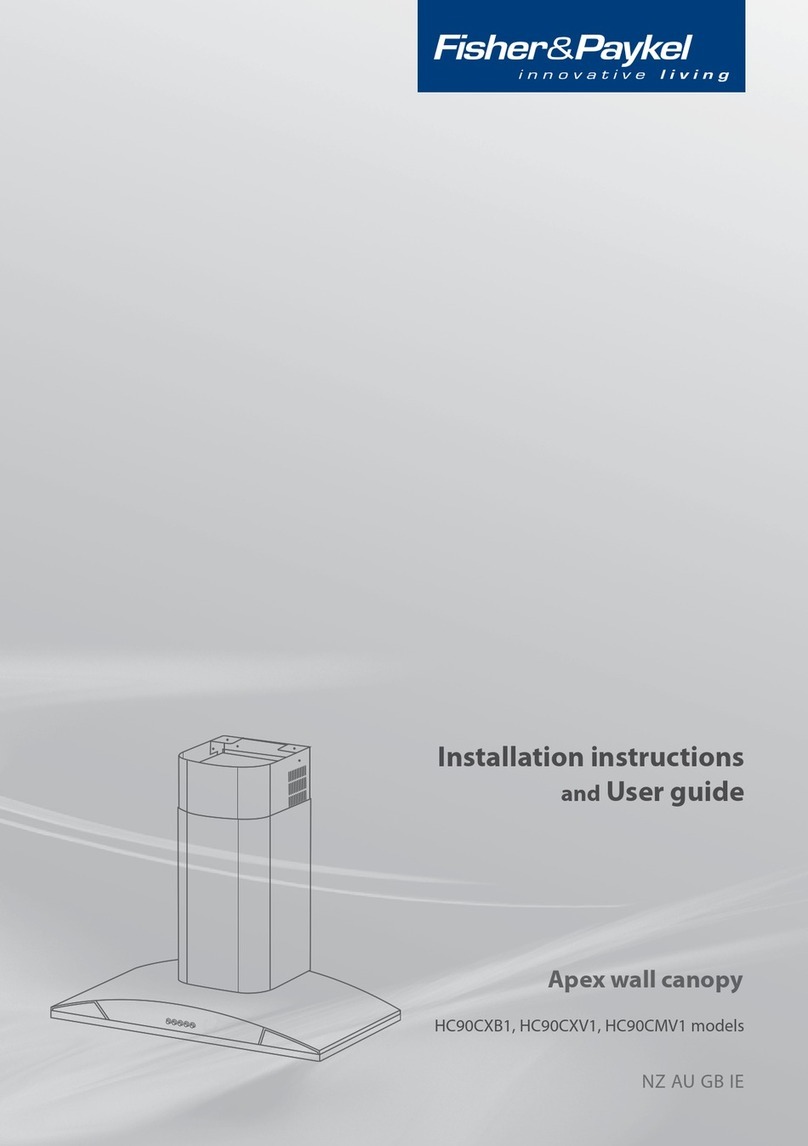
Fisher & Paykel
Fisher & Paykel HC90CXB1 Installation instructions and user guide
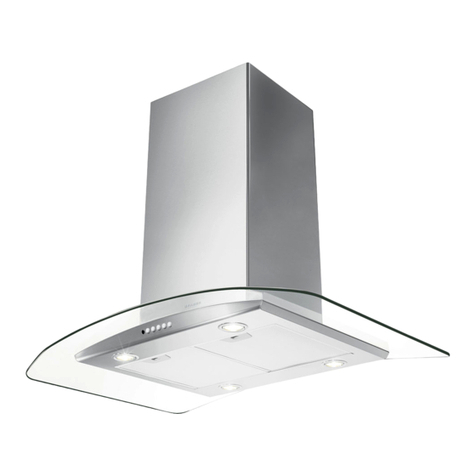
Faber
Faber TRATIS36SS600-B installation instructions

IKEA
IKEA LUFTIG HW400 user guide
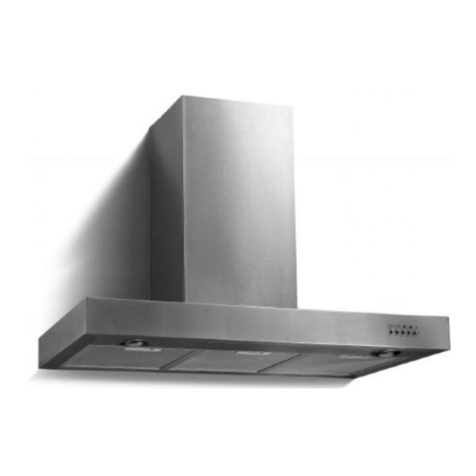
Ariston
Ariston RHS 90 IX Installation and operating instructions
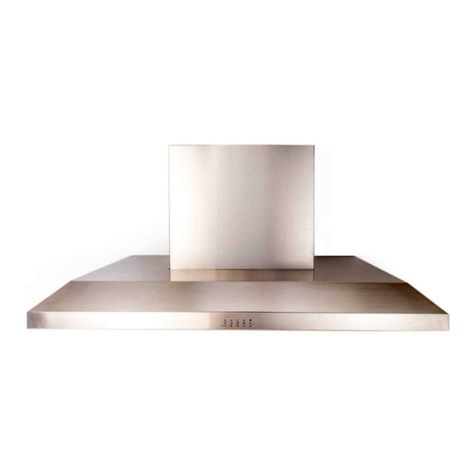
Excelsior
Excelsior CXW B1206 Instruction and installation manual

KOBE
KOBE OVS-RAX9430SQB-40 Installation instructions and operation manual

Proline
Proline PLJW109 user manual

bossino
bossino mockingbird pro 36" Installation guide and user's manual

KOBE
KOBE CH9130SQB-1 Installation instructions and operation manual
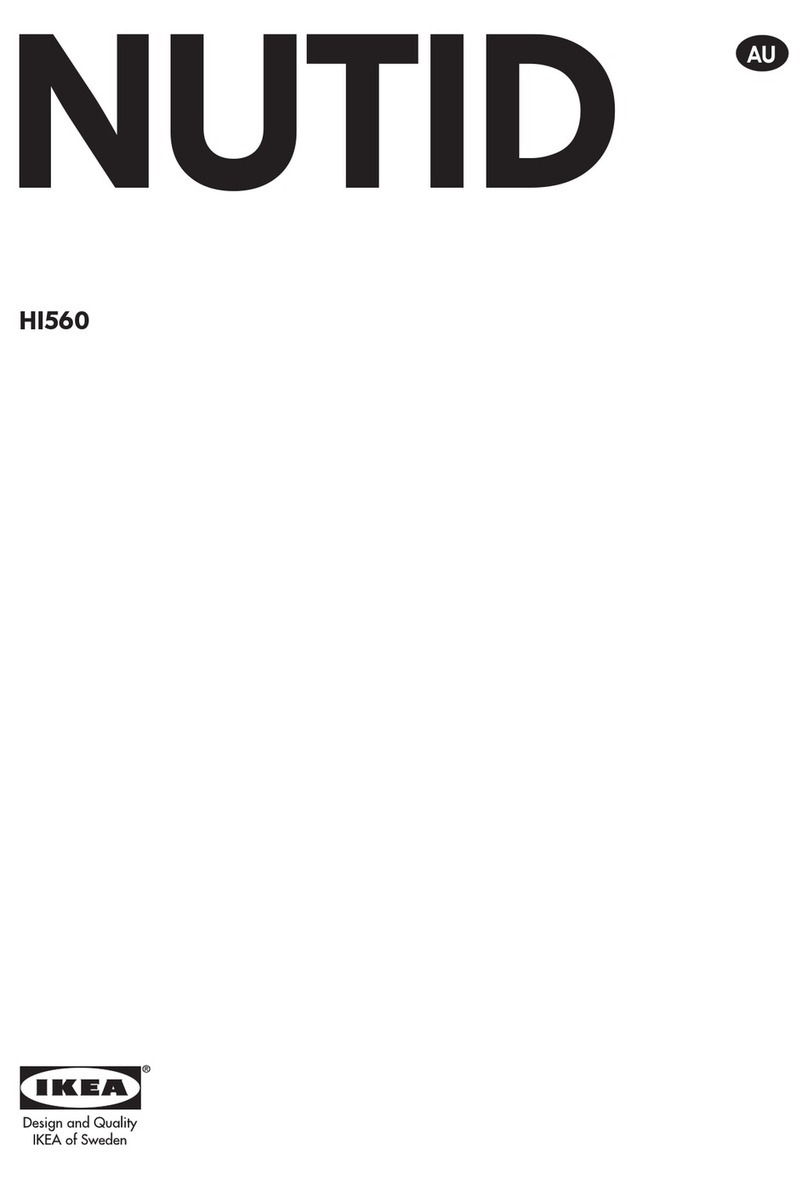
IKEA
IKEA NUTID HI560 user manual

GEAppliances
GEAppliances JVE40 Owner's manual and installation instructions
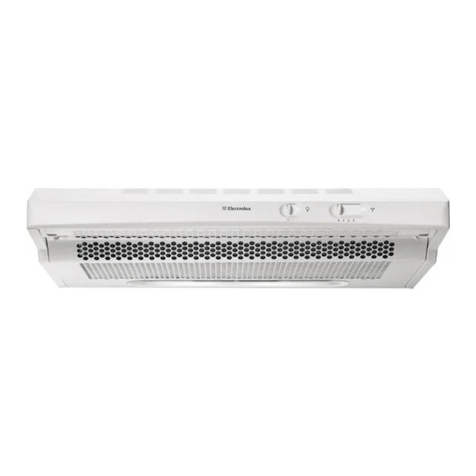
Electrolux
Electrolux EFT 7406 user manual

KOBE
KOBE CHX3830SQB-2 Installation instructions and operation manual
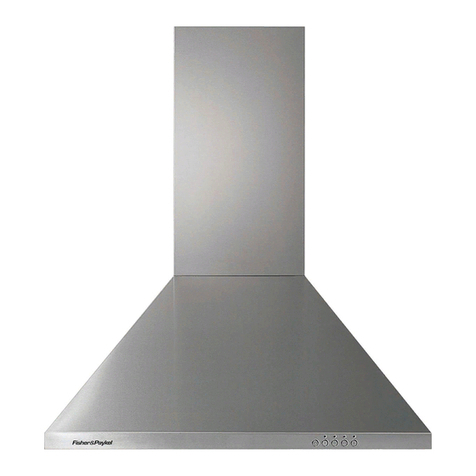
Fisher & Paykel
Fisher & Paykel HC60PCIEX3 Installation instructions and user guide
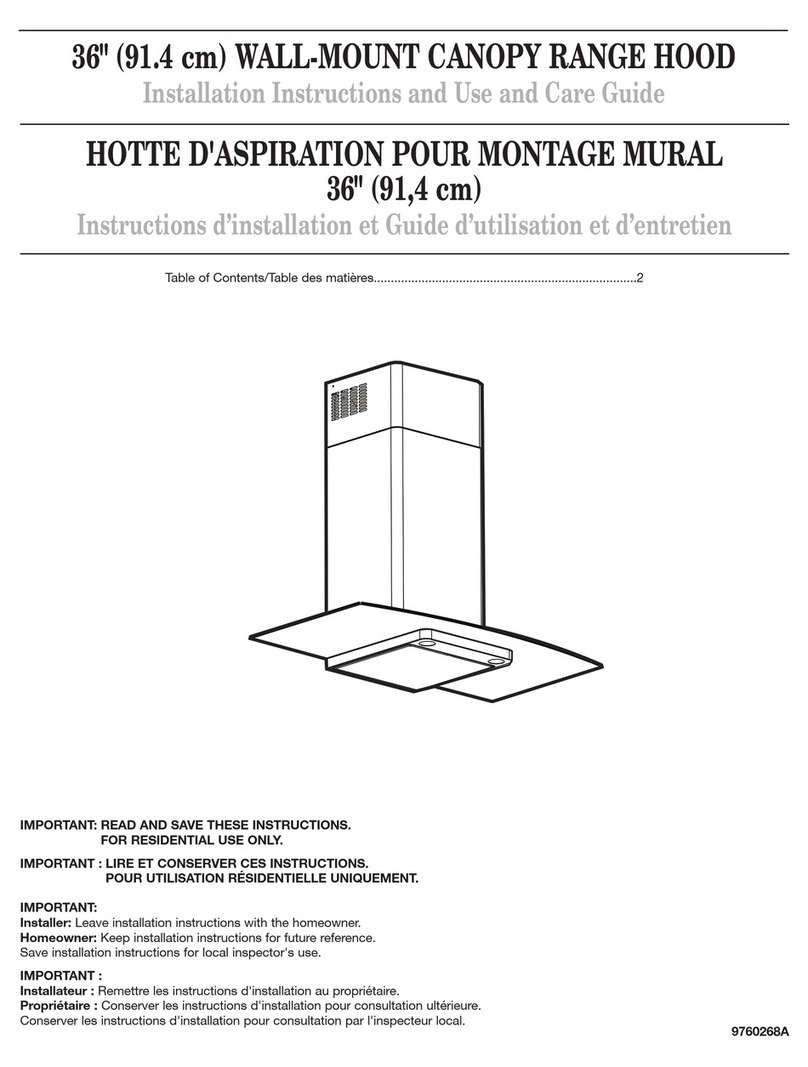
Whirlpool
Whirlpool 9760268A installation instructions
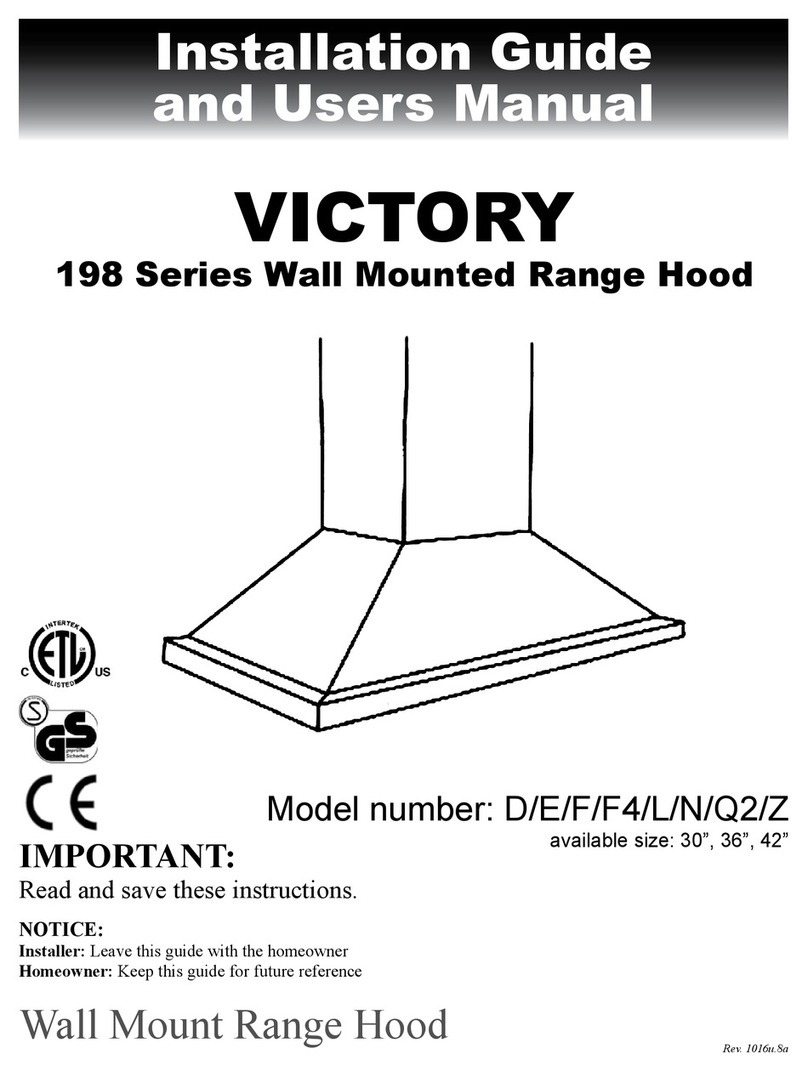
Victory
Victory 198 Series Installation guide and user's manual
